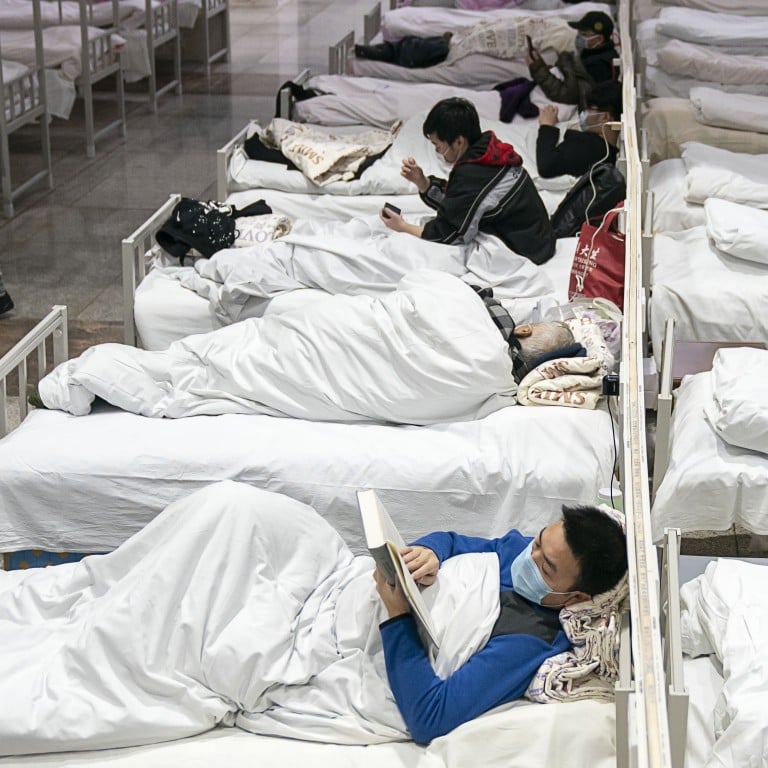
Coronavirus on track to kill more people than Sars, experts say
- The new contagion may be far less deadly than severe acute respiratory syndrome but it has already infected more than four times as many people
- As of Friday, the death toll from the novel coronavirus stood at 724, just 89 short of the Sars total from 2002-03
On Saturday, the US embassy reported the death of an American citizen in Wuhan, in what appears to be the first confirmed case of a non-Chinese citizen succumbing to the infection.
“We can confirm that a 60-year-old US citizen diagnosed with coronavirus died at Jinyintang Hospital in Wuhan, China, on February 6,” an embassy spokesman said, naming one of the designated hospitals for treating coronavirus patients.
A report by The New York Times, which cited two people familiar with the matter, said that the person who died was a woman, and that she had pre-existing health conditions.
China’s National Health Commission said on Saturday that the death toll rose by 86 on Friday, of which 81 were in Hubei and five in other provinces. It was not clear if the numbers included the American woman.
Lawrence Gostin, a professor of public health law at Georgetown University in Washington, said that although the new coronavirus had a lower death rate than Sars, the fact that so many more people had been infected by it was a serious concern.
“We are highly likely to see overall deaths continue to climb. I would be surprised to see a plateau of cases in the next few weeks,” he said.
“At this point we must mobilise to contain the virus but be prepared that it could become endemic or seasonal. In many ways the novel coronavirus will be thought of as more serious than Sars.”
Has China’s Hubei lockdown done more harm than good?
Observers were now watching to see how far the contagion would spread, he said.
“The turning point may be sustained community transmission outside Hubei and mainland China. We are watching Hong Kong to see if a serious outbreak starts there,” he said.
“Overall no one can predict where this is heading. Humanity’s best hope is the rapid development of a vaccine and in the meantime conduct rigorous contact tracing and find good treatments for the sick.”
Amesh Adalja, a senior scholar in public health security at the Johns Hopkins University Centre for Health Security in the US, agreed that the new coronavirus could ultimately be more deadly than Sars because of the way in which it was transmitted.
“The transmission characteristics of this virus are starkly different from Sars,” he said.
“Sars did not infect nearly as many people … and though it [the new virus] has a lower fatality rate, the sheer numbers will lead to a bigger burden of illness.”
“Once we understand how many people are infected – and only experiencing mild symptoms – we will be better able to risk stratify this virus.”

